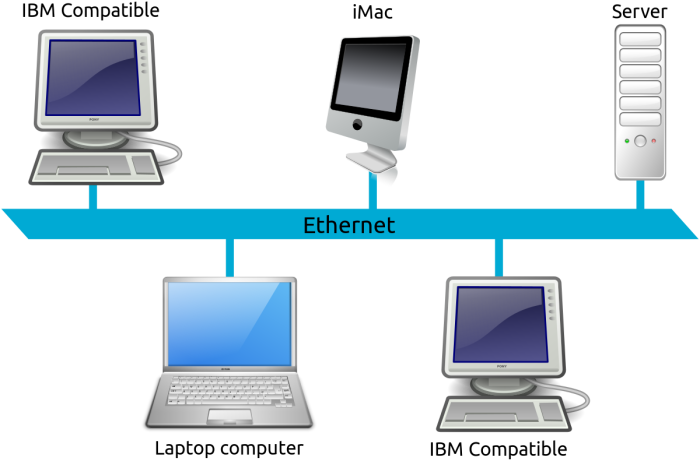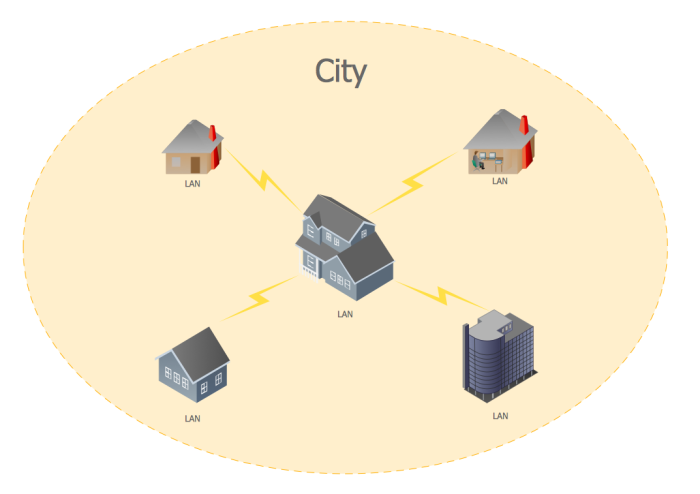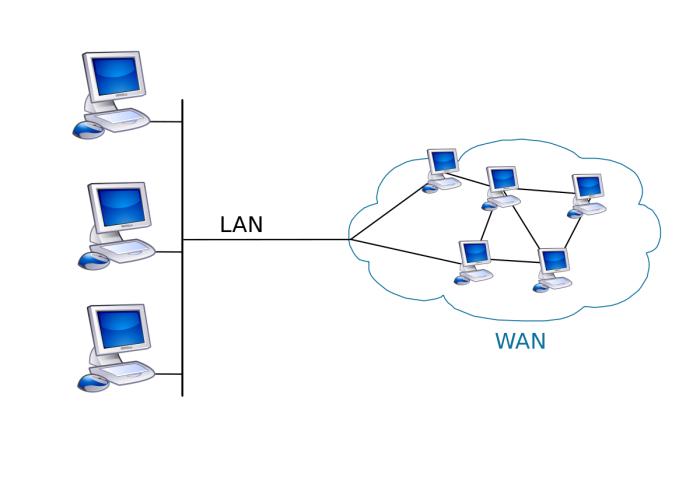What is a computer network? That’s not a question you hear on a regular basis, but it is important, nonetheless. Without computer networks, the internet wouldn’t be as efficient as it is today, so with that in mind, we’ve decided to explain what a network is, to beginners, along with different types of networks. Not only that, but this article will discuss the advantages of a network. There are no real disadvantages, therefore, we won’t even go there.
What is a Computer Network
Well, a network is a group of computer systems connected to share resources and communicate. It is also a collection of devices and computers linked together via transmission media and communication devices.
We will talk more about transmission media in another article, so keep an eye out for that very soon.
Utility of a network
- Expedite communications
- Share connected hardware
- Distribute data and information
1] Expedite communications
Because of networks, people can easily communicate with each other via email, messenger tools, chatrooms, social media, websites such as this one, online video call, and much more. If a network goes down, then all the tools connected to it will no longer operate.
2] Share connected hardware
If certain hardware devices are connected to a network, sharing those devices with all who have access to the network becomes easy. For example, database files or a printer are quite common on networks, known as the network’s resources.
3] Distribute data and information
Here’s the thing; if you are an authorized user, then you should have no problems gaining access to data and information stored on the network. A company such as Microsoft would have a huge database of customer information among other things, and all of this is open to employees with the right authority.
Types of computer networks
- Local Area Network (LAN)
- Wireless LAN (WLAN)
- Wide Area Network (WAN)
- Metropolitan Area Network (MAN)
- Personal Area Network (PAN)
- Campus Area Network (CAN)
- Storage Area Network (SAN)
1] Local Area Network (LAN)

We have a network that connects computers and devices in a small geographical area. A LAN is usually located in a building, and a building can have multiple LANs connected to each other.
2] Wireless LAN (WLAN)
As the name suggests, this type of network is 100 percent wireless. It relies on a router that is connected to the internet, which in turn, provides wireless connectivity to any supported devices. This network is currently in your home.
3] Metropolitan Area Network (MAN)

A MAN is all about connecting Local Area Networks in a metropolitan area. Due to the distance, connecting these networks to create a MAN is done via transmission technology, of which there are several. Coaxial and fiber are probably the most used over anything else due to cost.
4] Wide Area Network (WAN)

From what we can tell, a WAN is similar to a MAN, with the difference being the distance. In a Wide Area Network, geographically separate LANs or WANs or connected together via wireless technology, a satellite in most cases.
5] Personal Area Network (PAN)
You should get an idea of what this network entails from the name alone. It uses wires and wireless technology to connect computers and devices in an individual workspace.
Read: What are NTP and SNMP network protocols.
6] Campus Area Network (CAN)
Usually found in universities or any company with a campus-like headquarters. The network is made possible by a series of LANs from nearby buildings. It’s larger than a regular LAN, but at the same time, smaller than a MAN.
7] Storage Area Network (SAN)
This one is super simple. Storage devices are connected together using high-speed connections.
We hope this basic tutorial helps you get an idea.
Leave a Reply